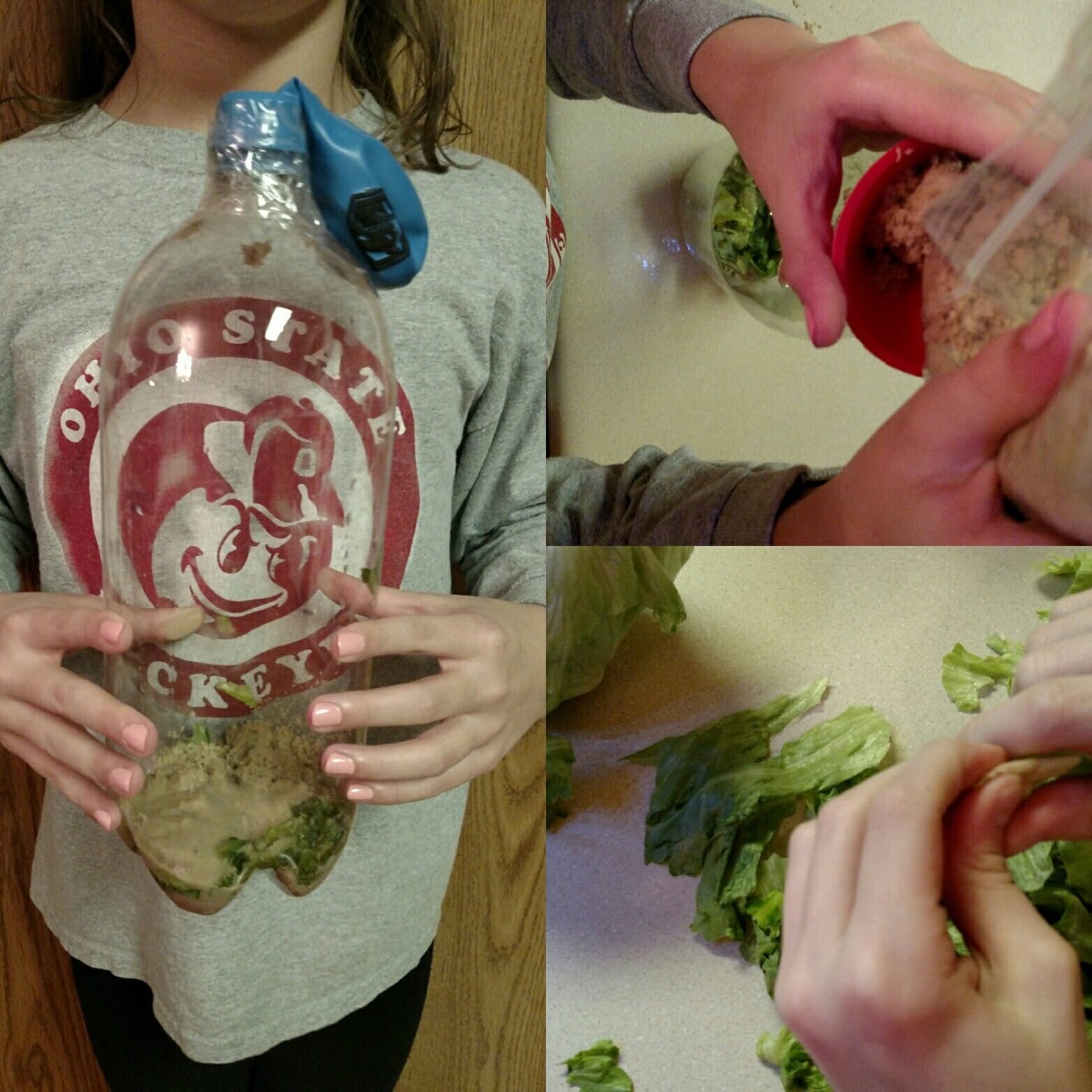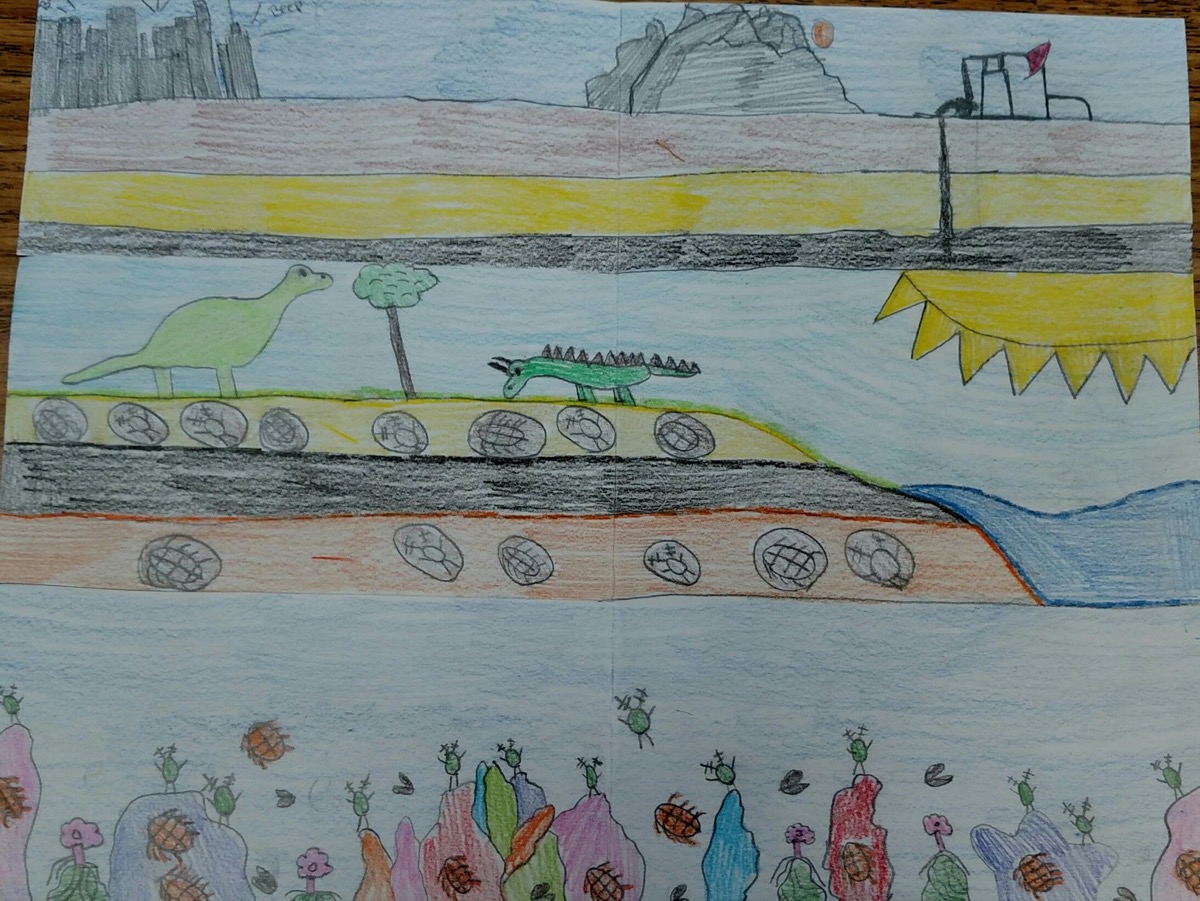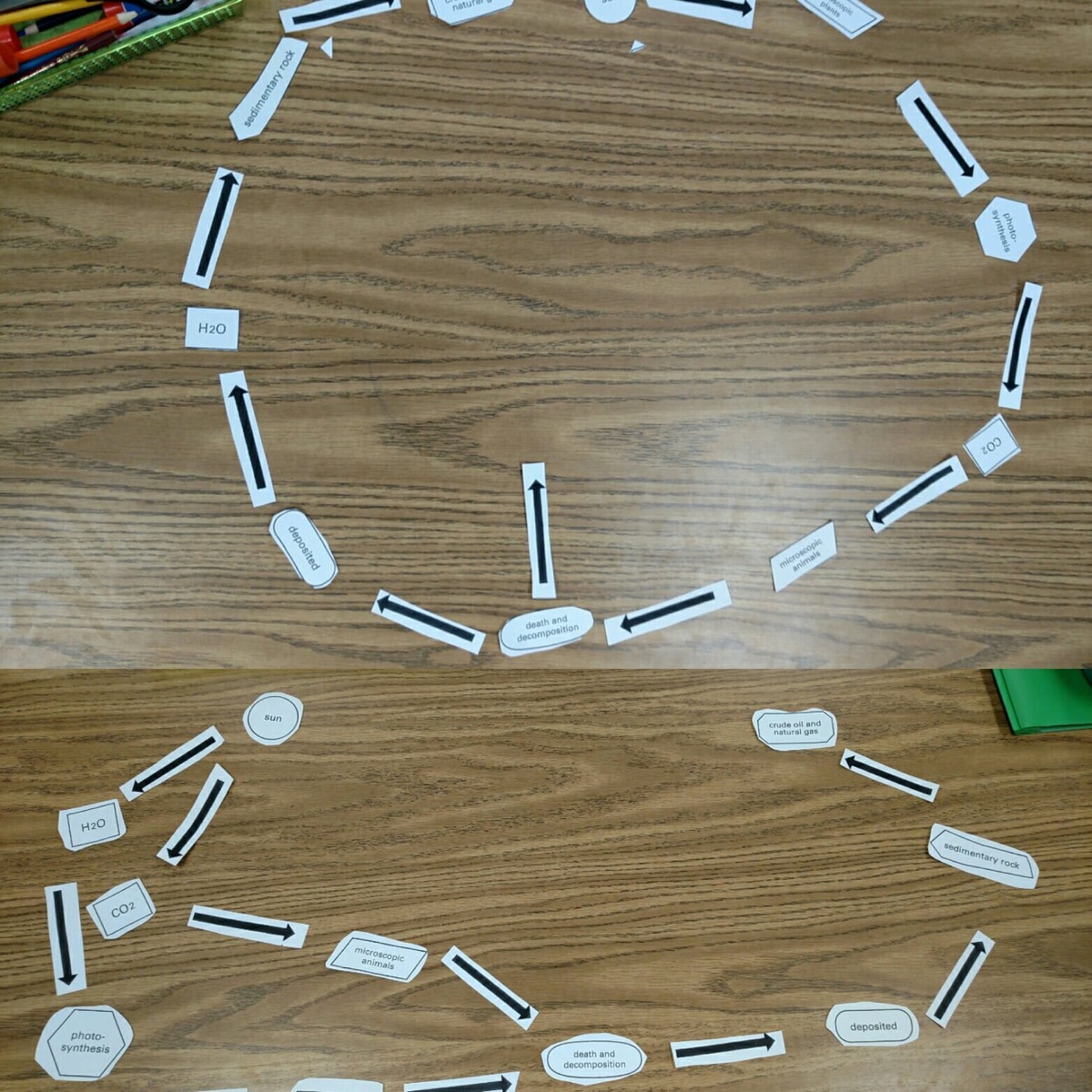Formation activities lead to deeper understanding for students
The Ohio Oil and Gas Energy Education Program's STEM workshop gave teacher Melissa Payton great hands-on lessons that worked well in her classroom. Payton teaches 6th grade science at Zane Trace Middle School and used these activities with students of multiple abilities.

It's a gas
My sixth graders did not believe this would work. They always enjoy setting up an experiment and coming back every day to check on it. This was a fun one to set up because some of them really don’t like the smell of tuna! I will plan to do this in warm weather next year, since it was difficult to collect the creek water in the winter and to store it in a warm place. We had to use a heat lamp and it wasn’t on all the time. However, any lesson that gets the students excited to come to school and into your classroom are my go-to lessons year after year! This will be one that I add to that list—they enjoyed putting it together and watching over the week.


Listen and draw geologic time
My students enjoyed this lesson. I read the story to them twice. The second time through they had to draw the creatures, and then I passed around fossils and showed pictures of the trilobites, crinoids, and brachiopods. We had many laughs on what they thought they heard and how they actually looked. My students' biggest ‘a-ha’ moment was realizing that humans have not been on the planet for very long. This was the first time that they had heard any of the time periods—their only previous knowledge was the Jurassic period because of the movies.
In the past, I have always just passed the fossils around my room and we talked about them. The story really gave the students a clear picture of when these fossils were on the Earth. I feel that they have a better understanding of the big picture and the process of how oil and natural gas form. My students loved the poster of the Eras that we received during the workshop. The thing I loved most about this lesson is that all learners enjoyed doing it and were able to do it!

Geologic puzzle
When I first handed out the puzzle, all of my students put it in a circle or straight line. So, we talked about how if it is in a circle, it would have to be a cycle. They knew the straight line was incorrect because they had an extra arrow. We reviewed the process of photosynthesis from last year and that CO2 means carbon dioxide. With those couple of hints, the students had no problem figuring it out and really enjoyed it. This lesson gave me a very quick way to check my students to see if they understood the process. It allowed me to see misconceptions that the students were still having about the unit and things that they had forgotten or not been taught yet.